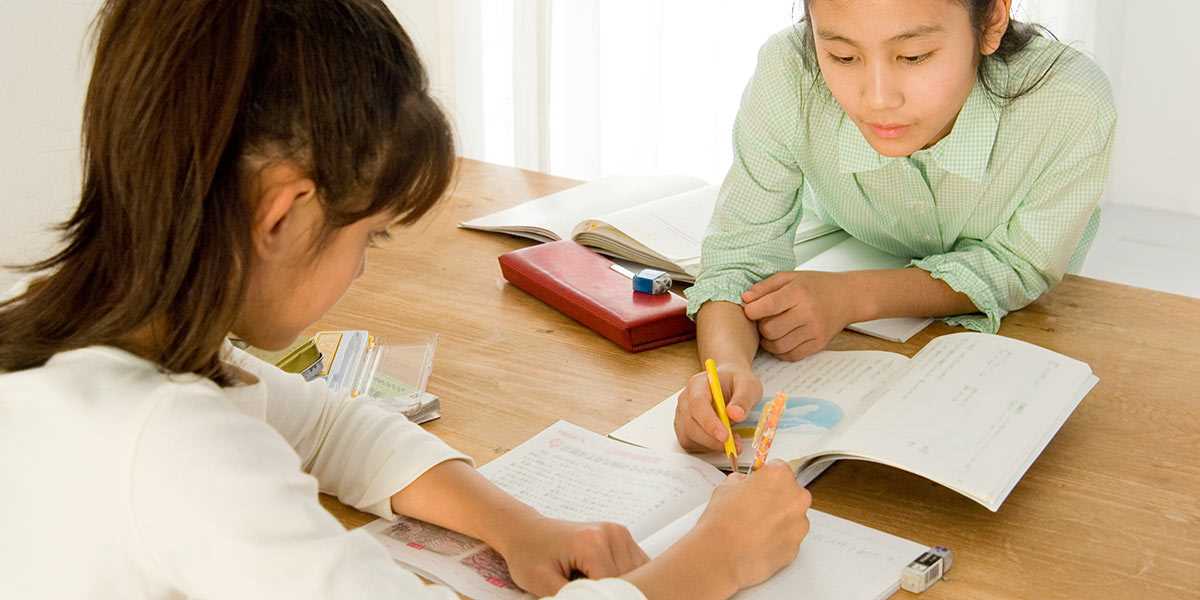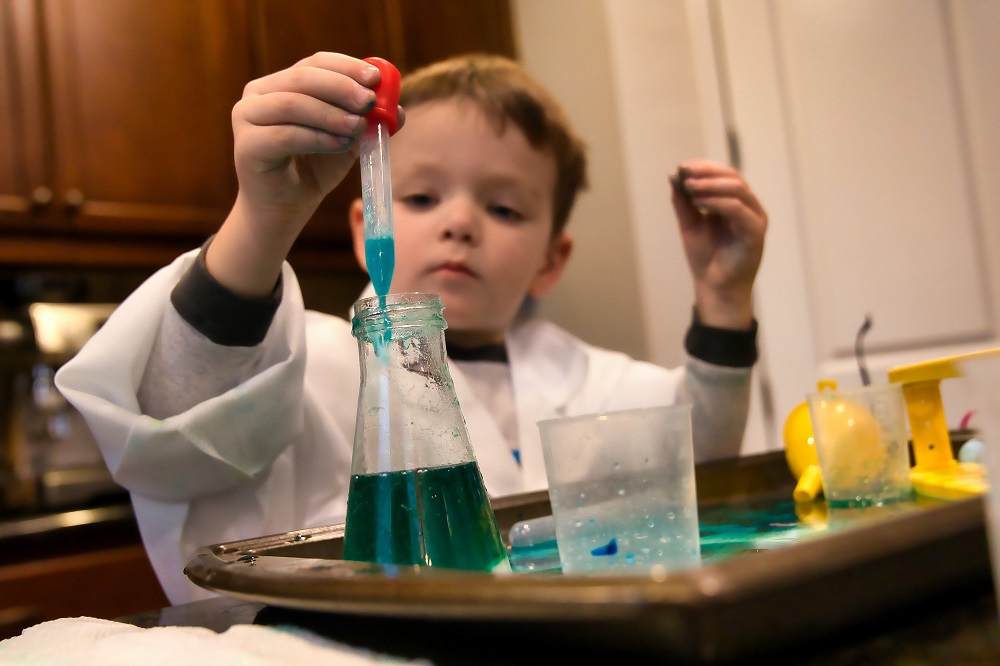The upcoming primary Maths examinations is rarely a fun time for the students, teachers, and even parents involved. PSLE Maths is understandably a difficult subject for most students, especially in the recent years with more complicated questions and problem-solving skills required.
Why is Too Much Stress Bad?
Some amount of stress is good – without any pressure at all, students could become complacent and procrastinate on their revision if they feel that there is nothing to revise for. On the other hand, too much stress is also detrimental to students’ wellbeing, which can cause them to feel that they are unable to cope with the demands of their studies any longer. An adequate amount of stress is an important ingredient in teaching children about discipline, motivation, time management, and focus. However, it can be all too easy to go overboard with the workload. A good amount of stress can be self-induced, which stems from children’s beliefs of the standards they are expected to meet and whether they perceive that the goal is realistically achievable for themselves. For children dealing with the first major examination of their life, the pressure from parents’, teachers’ and their own expectations can quickly add up and become an obstacle that discourages learning.
Sometimes, the most productive students are not those who slave at their coursework the entire day, but rather, those who are able to manage a good work-life balance – in other words, knowing when to work hard and when to play hard. It may seem counterintuitive, but did you know that incorporating frequent breaks into your child’s study schedule can actually help them to concentrate better on their studies? If your child is under too much stress from studying for their PSLE Maths paper, what about trying these methods to take their mind off their Primary Maths exams for a while?
Make a Schedule for the Day
Many people tend to be optimistic and plan for what they believe they could achieve in a day. However, most of us probably know that the perfect plan almost never happens. Instead of trying to cram as much work as possible into a single day, it may be more realistic and motivating for your child to start small with their revision. Pick out one or two particularly weak topics and dedicate the entire day to honing your child’s understanding of those concepts. It’s always better to have extra time left over, than to end the day feeling like you only accomplished a fraction of your to-do list! Additionally, making a daily plan also gives your child a reason to take a break from their schoolwork so that they can work on their plans for the next day. Daily plans are something you can look back on with your child, sometime down the road towards the big paper, and see how far they have come.
Exercise, Eat Healthily, and Get Enough Sleep
Even though examinations are typically intellectual in nature, never neglect the importance of staying physically healthy as your child speeds towards their PSLE Maths examination. Long hours of studying late may beg for a convenient cup of instant noodles, but a well-rounded meal and a quick walk outside will do far more for your child than any extra minutes they could squeeze in to study. Additionally, many healthy superfoods have properties that can enhance mental power, including omega-3 foods, fruits, nuts, and vegetables.
A healthy person has increased blood flow to the brain, which helps them think better and be more alert. This improves cognitive ability both when studying and during the actual exam, making it easier for your child to memorise and recall key concepts, spot careless mistakes, and engineer new ways to solve a problem.
As a pro tip, try combining study breaks and exercise sessions into one! A fun badminton game with your child can be a great bonding opportunity, as well as a chance to get them some physical activity while letting their mind rest from studying. A brisk walk can give your child some space to mull over their work, while refreshing their perspective on that difficult problem from an earlier study session.
Stay Positive!
As an old saying goes, the battle is lost only when one admits it is so. The road to scoring well in PSLE Maths can be a long one, but it is important for your child not to give up. Don’t let setbacks and previous grades define your child’s future. There is no reason why a student who failed their preliminaries cannot ace the actual exam, as long as they are willing to put in the hours and effort to learn from their mistakes. And as a parent, you are the biggest cheerleader of your child. The most powerful thing you can do for your child is to believe in their success!




